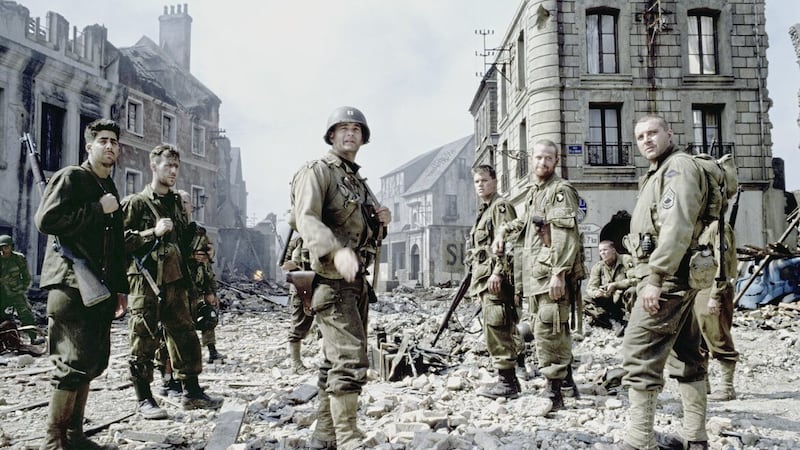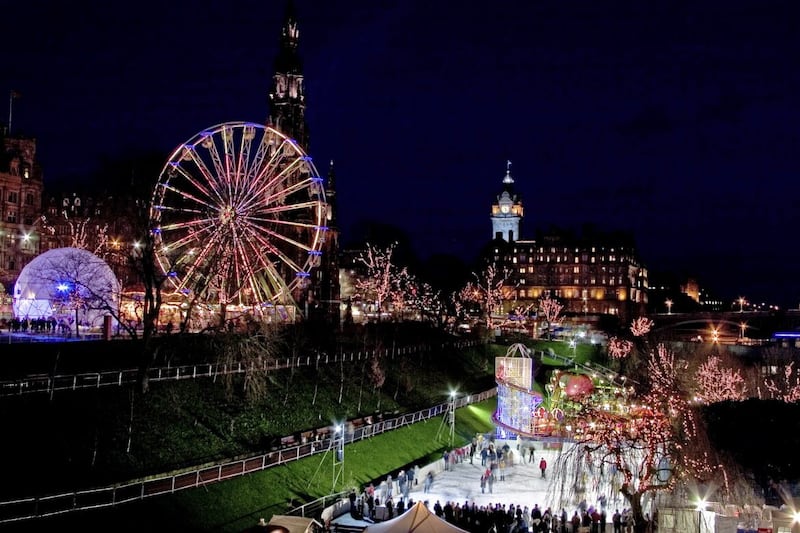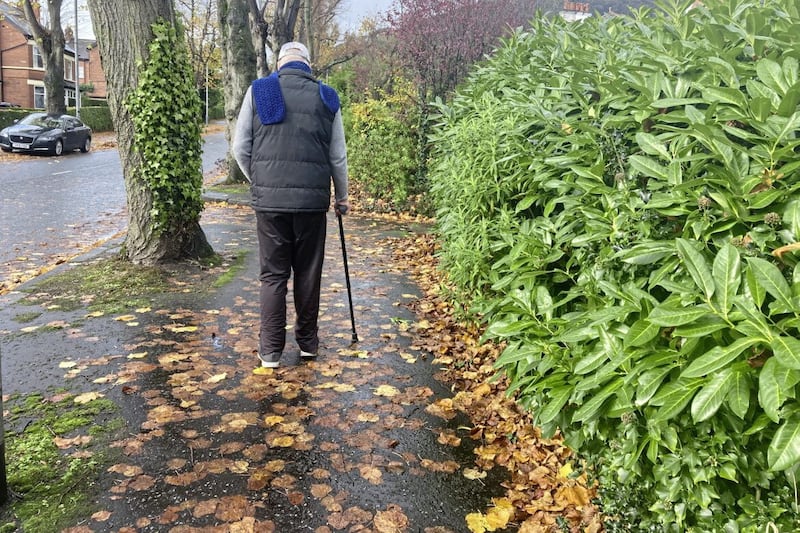IN MY opinion, television isn't worth switching on – except for The Repair Shop – so I have turned to Netflix and Prime with three recommendations I was given, resulting in terrific viewing.
Deliverance stared four unknowns when it was made in 1972. It features Jon Voight, Burt Reynolds, Ned Beattie and Ronny Cox as Americans on a dangerous adventure canoeing down a swollen river and shooting the rapids. They refused stunt men – the result was lasting injuries to them all and very terrifying viewing. They weren't even insured.
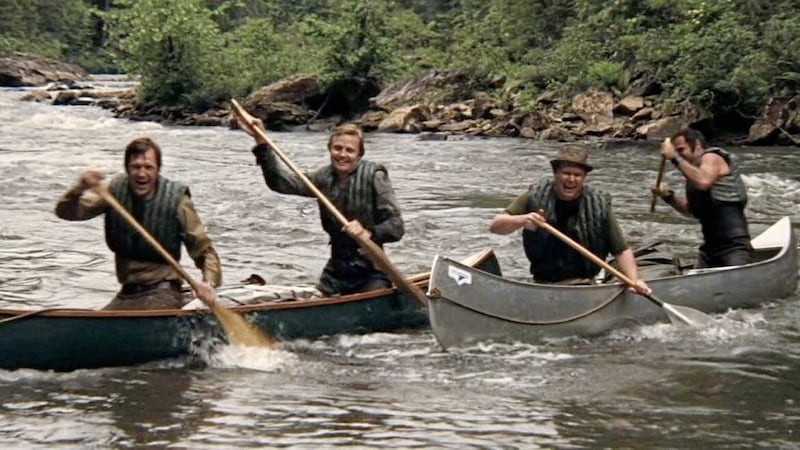
This is a boys-own story directed by John Boorman and I'd love to know how he did it: the scenes of the two canoes careering down the raging torrent are brutal and the strain on the faces and the banging off rocks is obviously real.
The film is famous for three things: the actual journey, the music and the scene when one of the men is raped by a backwoodsman – be warned, this is very terrible, but it's woven into the story and is an important inclusion.
Before the men actually take to the water, they come upon a farmhouse where there's a strange young man sitting, a banjo on his knee. He doesn't speak but when one of our heroes starts strumming on his guitar, the build-up between the two players ends in the famous Duelling Banjos.
The boy is actor Billy Redden, who actually couldn't play the instrument and so he wore a special shirt which allowed a real banjo player to hide behind him with his arms slipped around Redden's waist to actually play the tune.
In 2008, Deliverance was selected for preservation in the United States National Film Registry by the Library of Congress as being "culturally, historically, or aesthetically significant". Well worth watching.
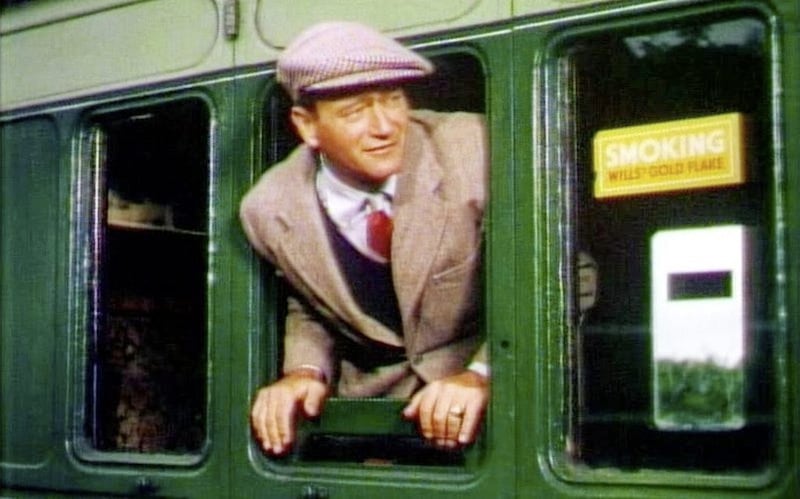
:: 70 Years Old And Still Going Strong.
HAVING read about Eamonn Holmes' passion for The Quiet Man, I gave it an airing. It was refreshing and lovely; from the first scene as the train steams into Castletown station you know you're going to be delighted with the next hour or so.
Shot in Co Galway and Co Mayo, the scenery is stunning when the action is out and about, especially during the fight scene and when Sean Thornton,(John Wayne) pulls Mary Kate Danaher (Maureen O'Hara) across fields and ditches to their little cottage in Innisfree.
O'Hara broke a bone in her hand and was badly bruised – yet again, no stunt doubles. It's obvious, however, that some of the outdoor scenes were shot in the grounds of Ashford Castle, as it's all too manicured, whilst other scenes were filmed against what looks like a painted backcloth, something that Wayne criticised.
There are stars galore, but they are headed by the delightful Barry Fitzgerald as the matchmaker – he has some choice asides. There has always been chat about this being a film that shows brutality towards women, but the matchmaker sums it up during a tempestuous fight between the two lovebirds: "Have the good manners not to hit the man until he's your husband."
When I first saw The Quiet Man very many years ago, I was entranced by Mary Kate and would sit on a rock by Belfast Lough and practice saying out loud, "Indeed I will not", just as she did in her rich brogue. John Wayne is a brooding hero with a heart-stopping smile who smokes non-stop – although for some reason he only takes three puffs before chucking it away.
For me, wonderful memories, although I still haven't perfected "Indeed I will not."
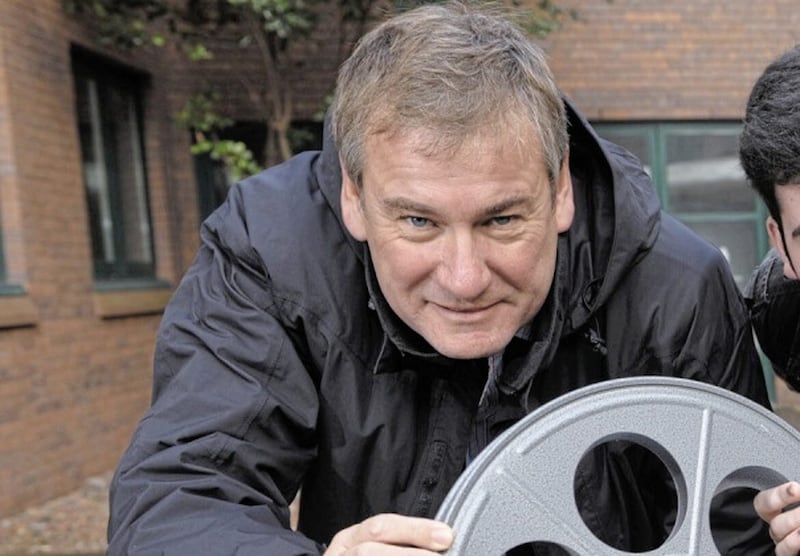
:: Quarter Of A Century On
TWENTY-FIVE years ago this summer, Steven Spielberg was making Saving Private Ryan and I had the pleasure of being on set for two days thanks to associate producer Mark Huffam.
Since then, this film producer from Ballyclare – who lives in Holywood, Co Down rather than Hollywood CA – has made almost 40 films including Mamma Mia!, Captain Corelli's Mandolin and this year's The Northman.
Having also had a hand in hit TV series Game of Thrones, he's top notch now, but in 1997 Mark was working on Saving Private Ryan, his first major film, and was kind enough to make my visit to the set possible.
What an experience: 45-minutes north of London lay the French village of Ramelle a scene of carnage, ravaged by a fierce battle between American and German troops in the later stages of World War Two.
The actual battle was played out before me, as two Mustang fighter aircraft skimmed overhead at almost 200 mph just 50 feet above the ruined cathedral, shaking the buildings which were still upright – apparently, many were constructed from the oasis foam normally used for dried flower displays, as they blew apart very realistically.
I was the only reporter granted permission to be on the set on the condition 'no camera, no notebook, no pen'. So what I saw and heard is etched on my memory. The set had been built at the vast British Aerospace airfield at Hatfield in Hertfordshire and, just as on that day in 1944, the ground was saturated and the sky was grey.
I stumbled over a man's body, leg gone, no head, chest lying open exposing his windpipe, bluebottles crawling through the bloody insides. I had to keep reminding myself that this gruesome scene had been made nearby by the special effects departments, 86 special experts including a corpse and animals effects artist.
I was lucky to meet Spielberg and then the armourer, who gave me a tour of the vast array of weaponry and then on to the prosthetic technicians. 'Privilege' is an overused word, but in this case I use it with feeling.
Lunch in the canteen, surrounded by American and German soldiers in various states of bloody injury, a man in uniform smiles over and says hello.
I asked Mark: "Is he from Northern Ireland? I know his face but can't place him." "No," he said, "that's Tom Hanks."
These films will live on forever, few made today can make that boast.

